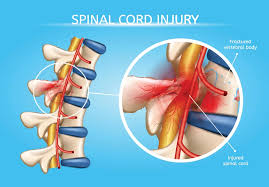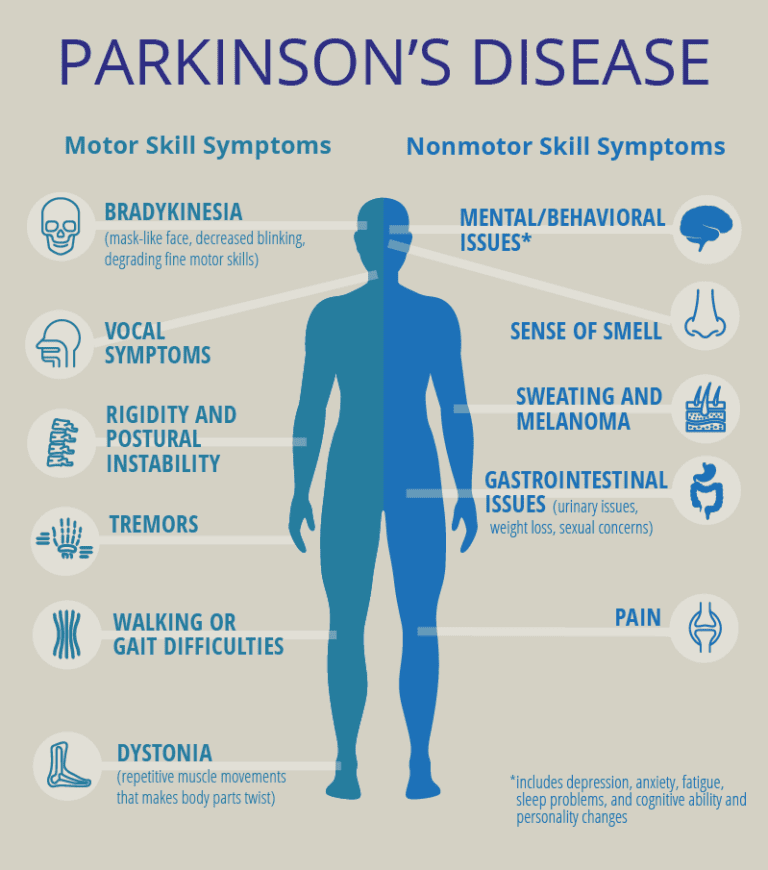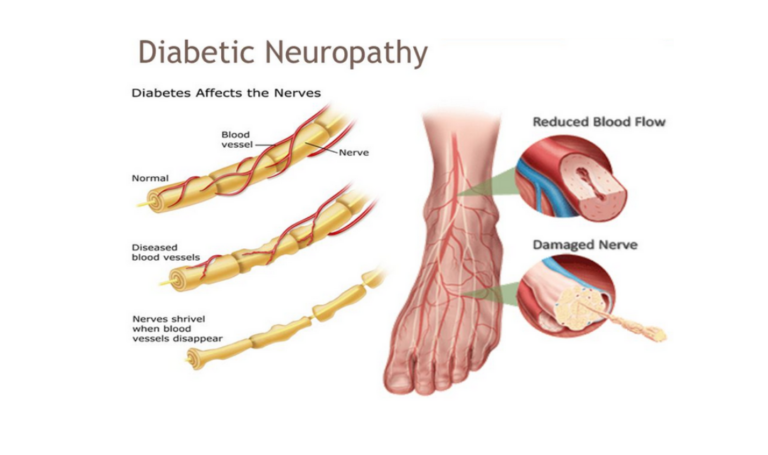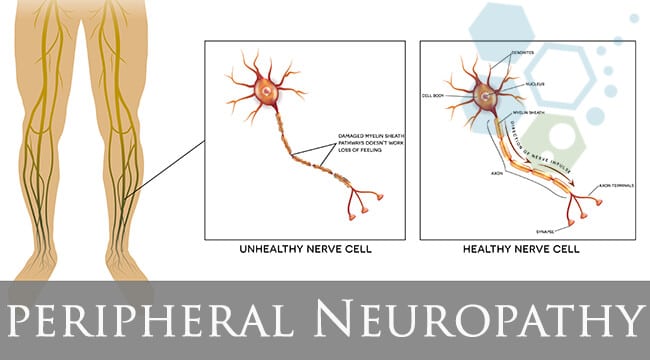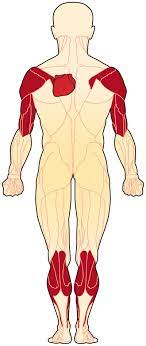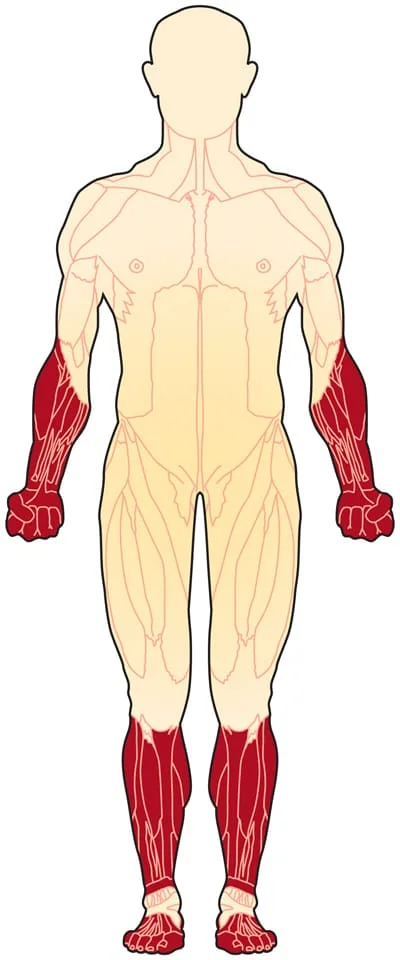Spina bifida
What is spina bifida? The spina bifida mean “split spine” in Latin words. Spina bifida is a birth defect in which an area of the spinal column does not form properly, leaving a section of the spinal nerves and spinal cord exposed through an opening in the back region of a newborn baby. It is…


